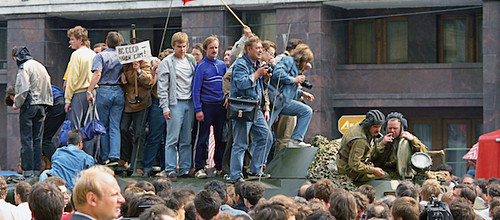An F5 tornado strikes Rochester, Minnesota, leading to the creation of the Mayo Clinic.
The creation of the Mayo Clinic is not directly linked to a tornado; rather, it was the aftermath of a devastating tornado that played a role in its founding. The tornado you’re referring to is likely the one that struck the town of Rochester, Minnesota, in 1883.
In August 1883, a massive tornado struck Rochester, causing significant destruction and leaving many people injured. Dr. William Worrall Mayo, a respected physician in the community, along with his two sons, Dr. William James Mayo and Dr. Charles Horace Mayo, responded to the disaster by providing medical assistance to the injured victims. The Mayos’ efforts, alongside the help of other local doctors and volunteers, showcased their commitment to providing high-quality medical care and their ability to work effectively as a team during a crisis.
Recognizing the importance of collaboration and specialization in medicine, the Mayos were inspired to establish a formal medical practice that would emphasize teamwork, integrated patient care, and medical research. This vision led to the foundation of the Mayo Clinic in 1889



